1. **Use White Vinegar**: Add a cup of white vinegar to the rinse cycle to brighten colors and soften fabrics.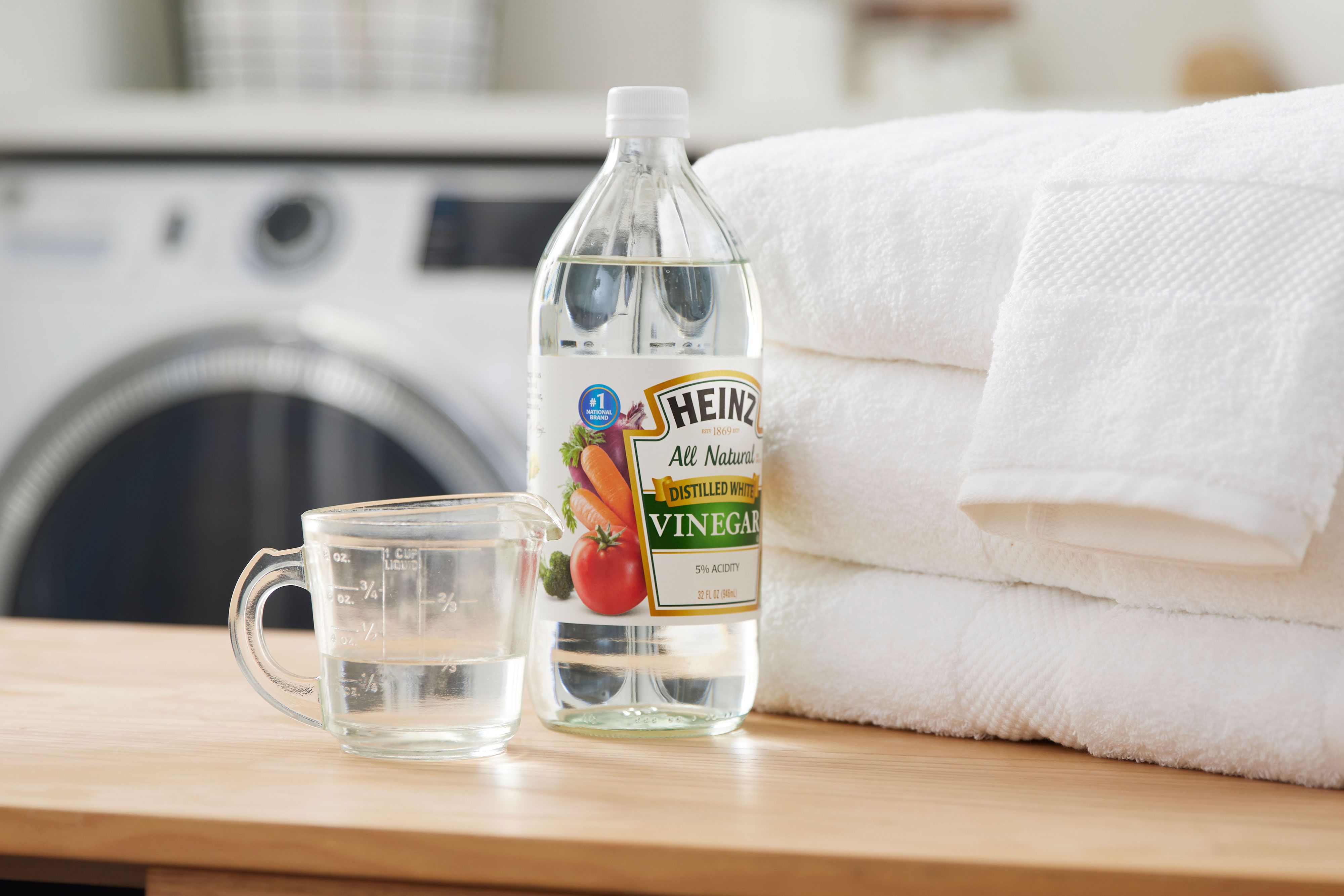 White vinegar can be a useful addition to your laundry routine. Here are some ways you can use it:
White vinegar can be a useful addition to your laundry routine. Here are some ways you can use it:
 White vinegar can be a useful addition to your laundry routine. Here are some ways you can use it:
White vinegar can be a useful addition to your laundry routine. Here are some ways you can use it:1. **Fabric Softener**: Add 1/2 to 1 cup of white vinegar to the fabric softener dispenser or during the rinse cycle. It can help soften clothes without the use of commercial fabric softeners, which often contain chemicals.
2. **Odor Remover**: White vinegar is great for removing odors from clothes. Add 1/2 to 1 cup of white vinegar to the rinse cycle to help eliminate odors, especially for towels, workout clothes, and items that tend to retain smells.
3. **Brightener**: White vinegar can help brighten your clothes. Add 1/2 to 1 cup of white vinegar to the rinse cycle to help remove soap residue and mineral deposits that can dull colors.
4. **Stain Remover**: White vinegar can be used as a pre-treatment for stains. Apply a small amount directly to the stain before washing to help lift it.
5. **Fabric Deodorizer**: You can also use white vinegar as a fabric deodorizer. Simply spritz diluted white vinegar onto clothes before washing to help remove odors.
It's important to note that while white vinegar can be a versatile and effective addition to your laundry routine, it may not be suitable for all fabrics or colors. It's always a good idea to test it on a small, inconspicuous area of the fabric first and to follow care label instructions.
2. **Lemon Juice**: Mix half a cup of lemon juice with your detergent for a natural bleaching effect.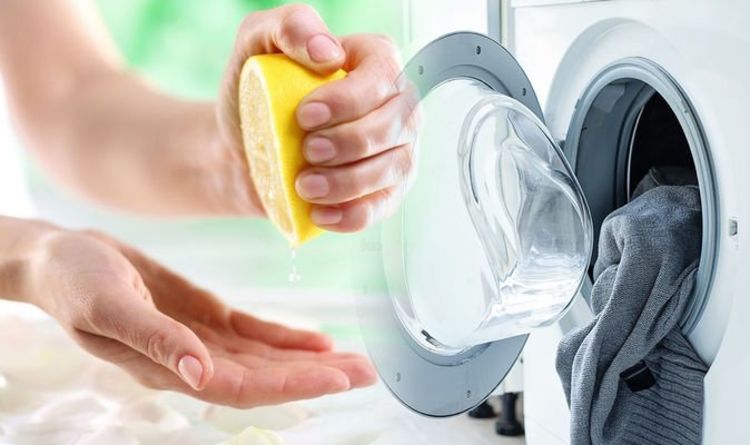 Lemon juice can be a useful natural alternative for cleaning and brightening clothes. Here are some ways you can use lemon juice in your laundry routine:
Lemon juice can be a useful natural alternative for cleaning and brightening clothes. Here are some ways you can use lemon juice in your laundry routine:
 Lemon juice can be a useful natural alternative for cleaning and brightening clothes. Here are some ways you can use lemon juice in your laundry routine:
Lemon juice can be a useful natural alternative for cleaning and brightening clothes. Here are some ways you can use lemon juice in your laundry routine:1. **Stain Remover**: Lemon juice can help remove stains from clothes, especially when combined with sunlight. Apply lemon juice directly to the stain, then let the garment dry in the sun before washing as usual.
2. **Whitener**: Lemon juice can help whiten clothes and remove yellowing. Add 1/2 to 1 cup of lemon juice to the rinse cycle when washing white clothes to help brighten them.
3. **Odor Remover**: Lemon juice can also help remove odors from clothes. Add 1/2 to 1 cup of lemon juice to the rinse cycle to help freshen clothes, especially towels and linens.
4. **Fabric Freshener**: You can use lemon juice as a fabric freshener. Mix lemon juice with water in a spray bottle and spritz onto clothes before washing to help remove odors.
5. **Mild Bleach Alternative**: Lemon juice has natural bleaching properties and can be used as a mild bleach alternative for delicate fabrics. Soak the garment in a mixture of lemon juice and water before washing.
It's important to note that lemon juice can have a bleaching effect, so it's best to test it on a small, inconspicuous area of the fabric first and to avoid using it on dark or colored fabrics that may fade. Additionally, lemon juice can make fabrics more sensitive to sunlight, so it's advisable to wash clothes with lemon juice in the evening or on cloudy days to avoid potential damage from UV rays.
3. **Baking Soda**: Add half a cup of baking soda to your laundry to enhance the detergent's effectiveness and neutralize odors.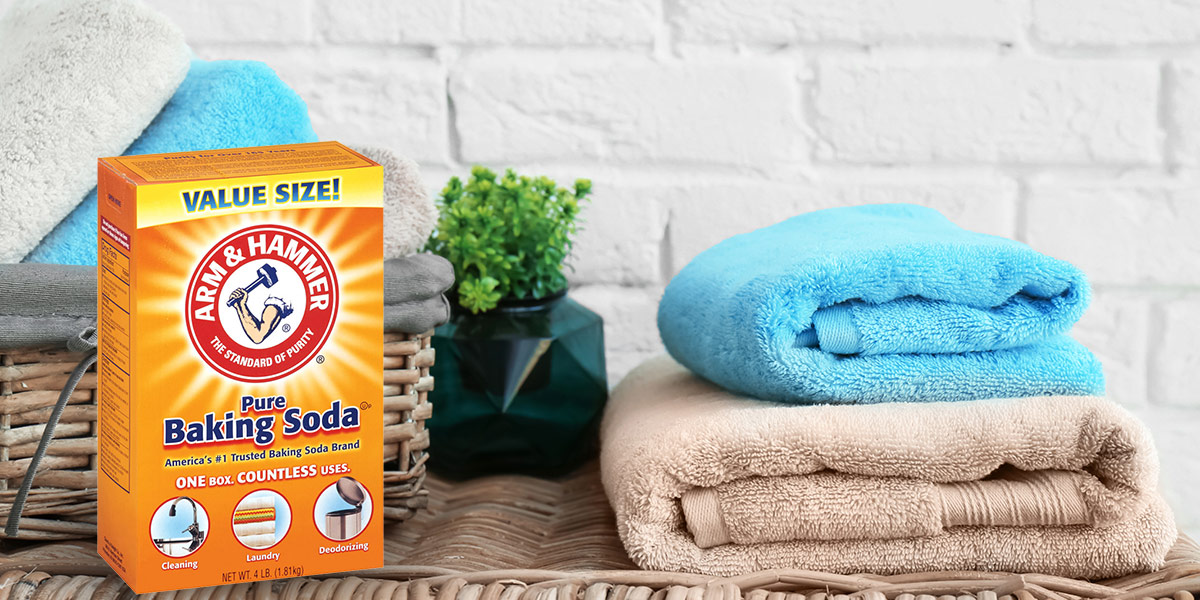 Baking powder, also known as baking soda, can be a useful addition to your laundry routine. Here are some ways you can use it:
Baking powder, also known as baking soda, can be a useful addition to your laundry routine. Here are some ways you can use it:
 Baking powder, also known as baking soda, can be a useful addition to your laundry routine. Here are some ways you can use it:
Baking powder, also known as baking soda, can be a useful addition to your laundry routine. Here are some ways you can use it:1. **Stain Remover**: Baking soda can help remove stains from clothes. Make a paste with baking soda and water and apply it directly to the stain. Let it sit for a few minutes before washing as usual.
2. **Deodorizer**: Baking soda is a natural deodorizer and can help remove odors from clothes. Add 1/2 to 1 cup of baking soda to the wash cycle to help freshen clothes.
3. **Whitener**: Baking soda can help whiten clothes. Add 1/2 to 1 cup of baking soda to the wash cycle to help brighten whites and remove yellowing.
4. **Fabric Softener**: Baking soda can also help soften clothes. Add 1/2 to 1 cup of baking soda to the rinse cycle to help soften fabrics without the use of commercial fabric softeners.
5. **Neutralize Odors**: Baking soda can help neutralize odors in the washing machine. Add 1/2 to 1 cup of baking soda to the wash cycle to help eliminate odors from the machine and clothes.
It's important to note that while baking soda can be a versatile and effective addition to your laundry routine, it may not be suitable for all fabrics or colors. It's always a good idea to test it on a small, inconspicuous area of the fabric first and to follow care label instructions.
4. **Sun Drying**: Dry your clothes in the sun to naturally bleach whites and leave a fresh, clean scent.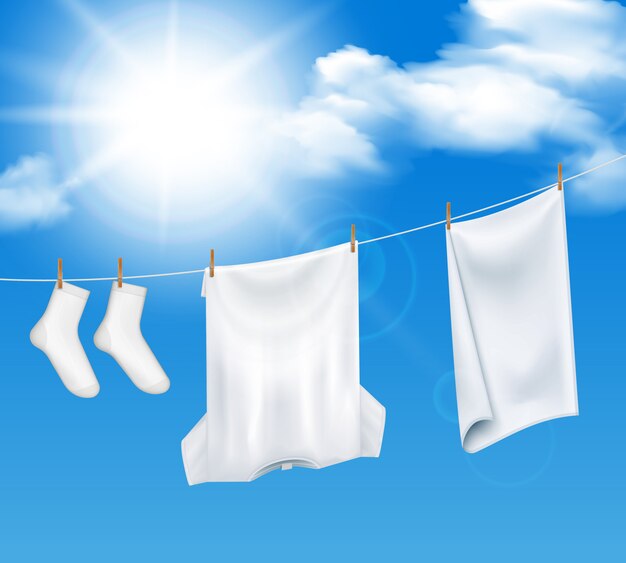 Sun drying your clothes can offer several benefits for keeping them clean and fresh:
Sun drying your clothes can offer several benefits for keeping them clean and fresh:
 Sun drying your clothes can offer several benefits for keeping them clean and fresh:
Sun drying your clothes can offer several benefits for keeping them clean and fresh:1. **Natural Disinfection**: The ultraviolet (UV) rays from the sun can help kill bacteria and remove odors from your clothes, providing a natural disinfectant.
2. **Whitening**: Sunlight can help whiten and brighten white clothes, as well as remove stains and discoloration from fabrics.
3. **Energy Efficiency**: Sun drying your clothes is an environmentally friendly alternative to using a dryer, reducing your energy consumption and carbon footprint.
4. **Cost Savings**: By reducing your use of the dryer, you can save on electricity or gas costs associated with drying your clothes.
5. **Fresh Scent**: Sun-dried clothes often have a fresh, clean scent that can be more appealing than clothes dried in a dryer.
6. **Gentler on Fabrics**: Sun drying is gentler on fabrics than machine drying, which can help prolong the life of your clothes.
7. **Environmental Benefits**: By reducing your reliance on a dryer, you can help reduce the environmental impact associated with energy production and greenhouse gas emissions.
Overall, sun drying your clothes can be a simple and effective way to keep them clean, fresh, and well-maintained while also being environmentally friendly.
5. **Essential Oils**: Add a few drops of essential oils like lavender or eucalyptus to your rinse cycle for a fresh fragrance.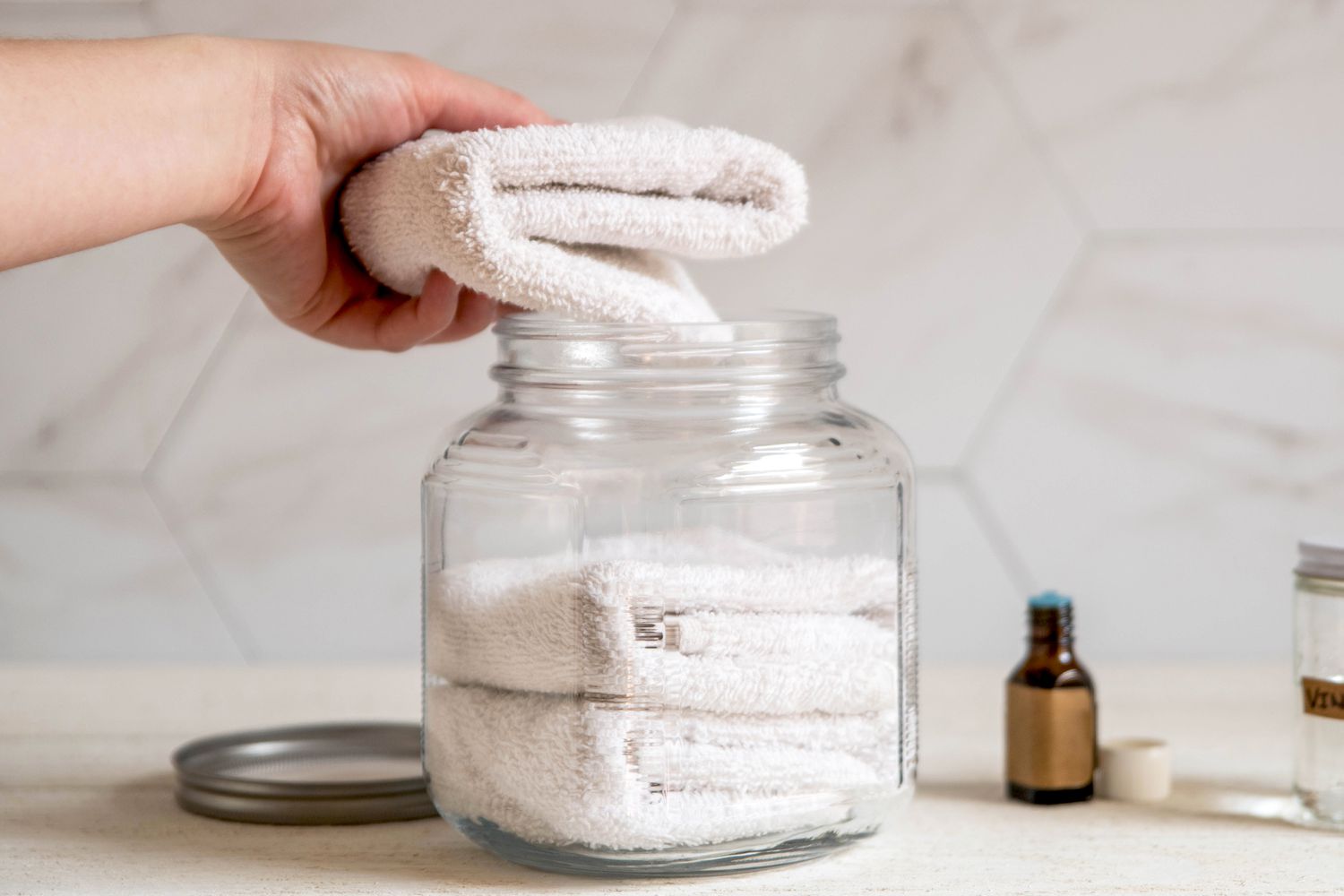 Essential oils offer several benefits when used in laundry rinses:
Essential oils offer several benefits when used in laundry rinses:
 Essential oils offer several benefits when used in laundry rinses:
Essential oils offer several benefits when used in laundry rinses:1. **Natural Fragrance**: Essential oils provide a natural and pleasant fragrance to your clothes, leaving them smelling fresh without the use of artificial fragrances.
2. **Antibacterial Properties**: Some essential oils, such as tea tree oil and lavender oil, have antibacterial properties that can help kill germs and bacteria on your clothes, especially useful for items like towels and gym clothes.
3. **Stress Relief**: Certain essential oils, like lavender or chamomile, can impart a calming effect. Using them in your laundry rinse can help create a soothing environment.
4. **Insect Repellent**: Essential oils such as citronella, lemongrass, and peppermint are natural insect repellents. Using them in your laundry rinse may help deter insects from your clothes.
5. **Fabric Softening**: Some essential oils, like eucalyptus or lavender, can help soften fabrics, reducing the need for commercial fabric softeners.
6. **Eco-Friendly**: Using essential oils in your laundry rinse is a more environmentally friendly option compared to synthetic fragrances and chemicals found in many commercial laundry products.
When using essential oils in your laundry, it's essential to dilute them properly and use them sparingly to avoid overwhelming the senses or causing irritation.
Essential oils can be a great addition to your laundry routine, adding a pleasant scent to your clothes. Here's how you can use them:
1. **Fabric Softener**: Add a few drops of essential oil to a damp washcloth and toss it in the dryer with your clothes. The heat will release the scent and help soften your clothes.
2. **Scent Booster**: Add a few drops of essential oil to a small amount of water and mix it into your detergent before adding it to the washing machine. This can help boost the scent of your laundry detergent.
3. **Natural Deodorizer**: Essential oils like lavender, tea tree, or eucalyptus can help eliminate odors from your clothes. Add a few drops to the rinse cycle to freshen your laundry.
4. **Stain Remover**: Some essential oils, like lemon or orange, have natural stain-fighting properties. Apply a few drops directly to stains before washing.
5. **Moth Repellent**: Cedarwood essential oil is a natural moth repellent. Add a few drops to a cloth and place it in your closet or dresser to keep moths away from your clothes.
When using essential oils in your laundry, it's important to choose high-quality oils and avoid using too much, as they can be quite potent. Start with a small amount and adjust as needed based on your preference.
6. **Pre-treat Stains**: Treat stains promptly with a stain remover or a paste made of baking soda and water.
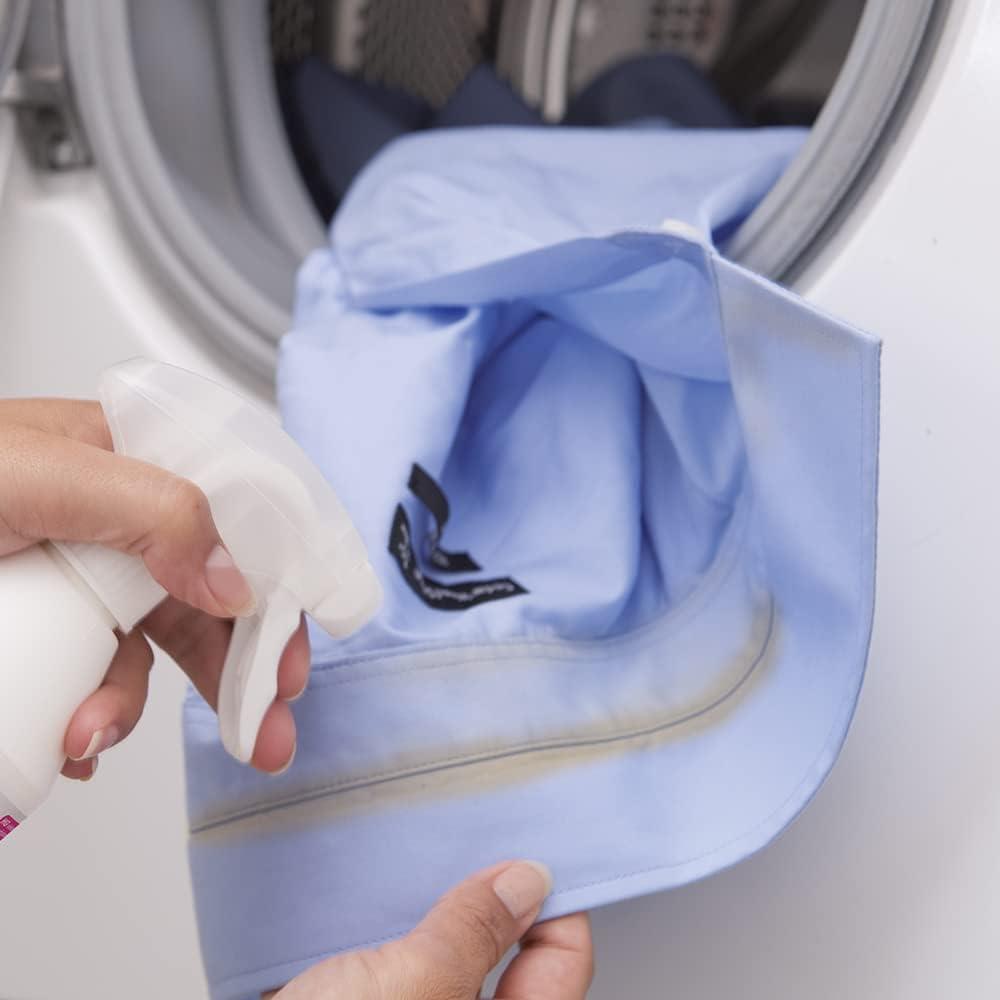 Preheating stains for cleansing involves using heat to treat stains before washing to help break down and remove them more effectively. Here's how you can preheat stains for cleansing stains in clothes:
Preheating stains for cleansing involves using heat to treat stains before washing to help break down and remove them more effectively. Here's how you can preheat stains for cleansing stains in clothes:1. **Identify the Stain**: Determine the type of stain you're dealing with. Different stains may require different treatment methods.
2. **Apply Heat**: Use a hairdryer, iron, or hot water to apply heat to the stain. Be careful not to use heat that is too high for the fabric, as this can cause damage.
3. **Let it Sit**: Allow the heat to penetrate the stain for a few minutes to help loosen it.
4. **Blot or Scrub**: Gently blot or scrub the stained area with a cloth or brush to help lift the stain.
5. **Wash as Usual**: After preheating the stain, launder the item as usual, following the care instructions on the garment's label.
It's important to note that preheating stains may not be suitable for all fabrics or types of stains. Always check the garment's care label and test any treatment method on a small, inconspicuous area of the fabric before applying it to the stain.
Preheating stains in laundry is a technique used to treat stubborn stains before washing. Here's how you can do it:
1. **Identify the Stain**: Determine the type of stain you're dealing with. Different stains may require different treatment methods.
2. **Preheat Water**: Heat a small amount of water to a temperature appropriate for the fabric (usually warm or hot, but not boiling).
3. **Apply Heat**: Pour the hot water over the stain, ensuring it covers the affected area completely.
4. **Let it Sit**: Allow the hot water to sit on the stain for a few minutes to help loosen and dissolve the stain.
5. **Blot or Scrub**: Gently blot or scrub the stained area with a cloth or brush to help lift the stain.
6. **Wash as Usual**: After preheating the stain, launder the item as usual, following the care instructions on the garment's label.
It's important to note that preheating stains may not be suitable for all fabrics or types of stains. Always check the garment's care label and test any treatment method on a small, inconspicuous area of the fabric before applying it to the stain.
7. **Cold Water Wash**: Wash clothes in cold water to preserve colors and prevent fading.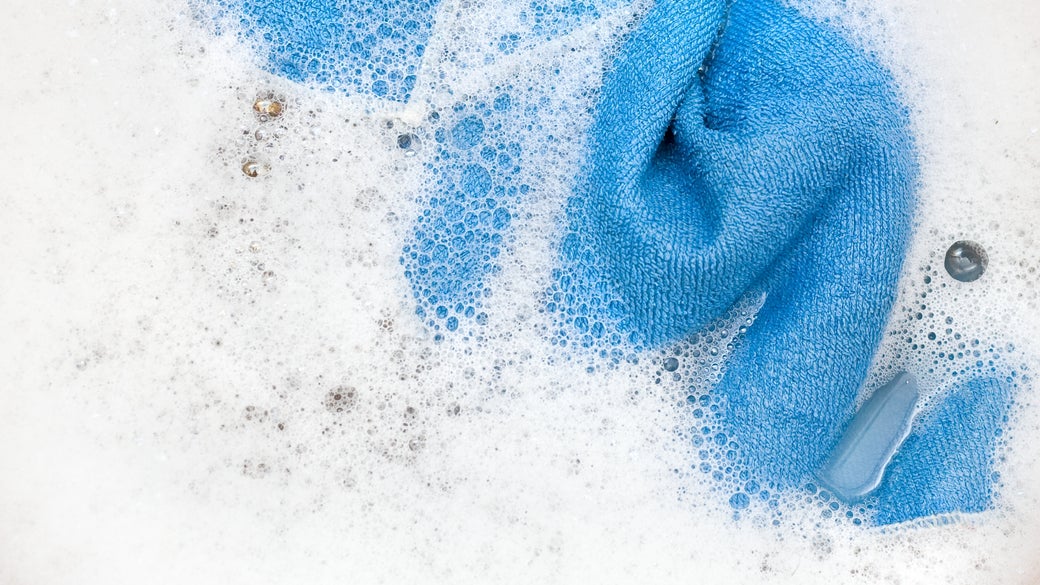 Rinsing stains in clothes with cool water offers several benefits:
Rinsing stains in clothes with cool water offers several benefits:
 Rinsing stains in clothes with cool water offers several benefits:
Rinsing stains in clothes with cool water offers several benefits:1. **Prevents Setting**: Cool water helps prevent stains from setting into the fabric, making them easier to remove during the washing process.
2. **Preserves Fabric**: Cool water is gentler on fabrics than hot water, reducing the risk of damage or color fading.
3. **Versatile**: Cool water can be used for a wide range of stains, including protein-based stains like blood and sweat, as well as many other types of stains.
4. **Environmentally Friendly**: Using cool water reduces energy consumption compared to using hot water, making it a more environmentally friendly choice.
5. **Cost-Effective**: Using cool water for rinsing stains can help save on energy costs associated with heating water.
Overall, rinsing stains with cool water is a simple and effective way to help remove stains from clothes while minimizing the risk of damage to fabrics.
Using cool water to clean stains in clothes can be effective for certain types of stains, especially those that are protein-based, like blood or sweat. Here's how you can use cool water to clean stains:
1. **Act Quickly**: Try to treat the stain as soon as possible after it occurs to prevent it from setting into the fabric.
2. **Rinse with Cool Water**: Flush the stained area with cool water to help remove as much of the stain as possible. Avoid using hot water, as it can set some stains.
3. **Apply Detergent**: Apply a small amount of detergent directly to the stain and gently rub it in. Let it sit for a few minutes to penetrate the fabric.
4. **Rinse Again**: Rinse the stained area with cool water to remove the detergent and any loosened stain particles.
5. **Repeat as Necessary**: For stubborn stains, you may need to repeat the process several times or use a stain remover specifically designed for the type of stain you're dealing with.
6. **Wash as Usual**: Launder the item as usual, following the care instructions on the garment's label. Check the stain before drying; if it's still visible, repeat the treatment process before drying.
Cool water is generally safe for most fabrics and can help prevent stains from setting. However, for oily or greasy stains, you may need to use warmer water or a pre-treatment to effectively remove the stain.
8. **Use Quality Detergent**: Choose a high-quality detergent designed to protect and brighten fabrics.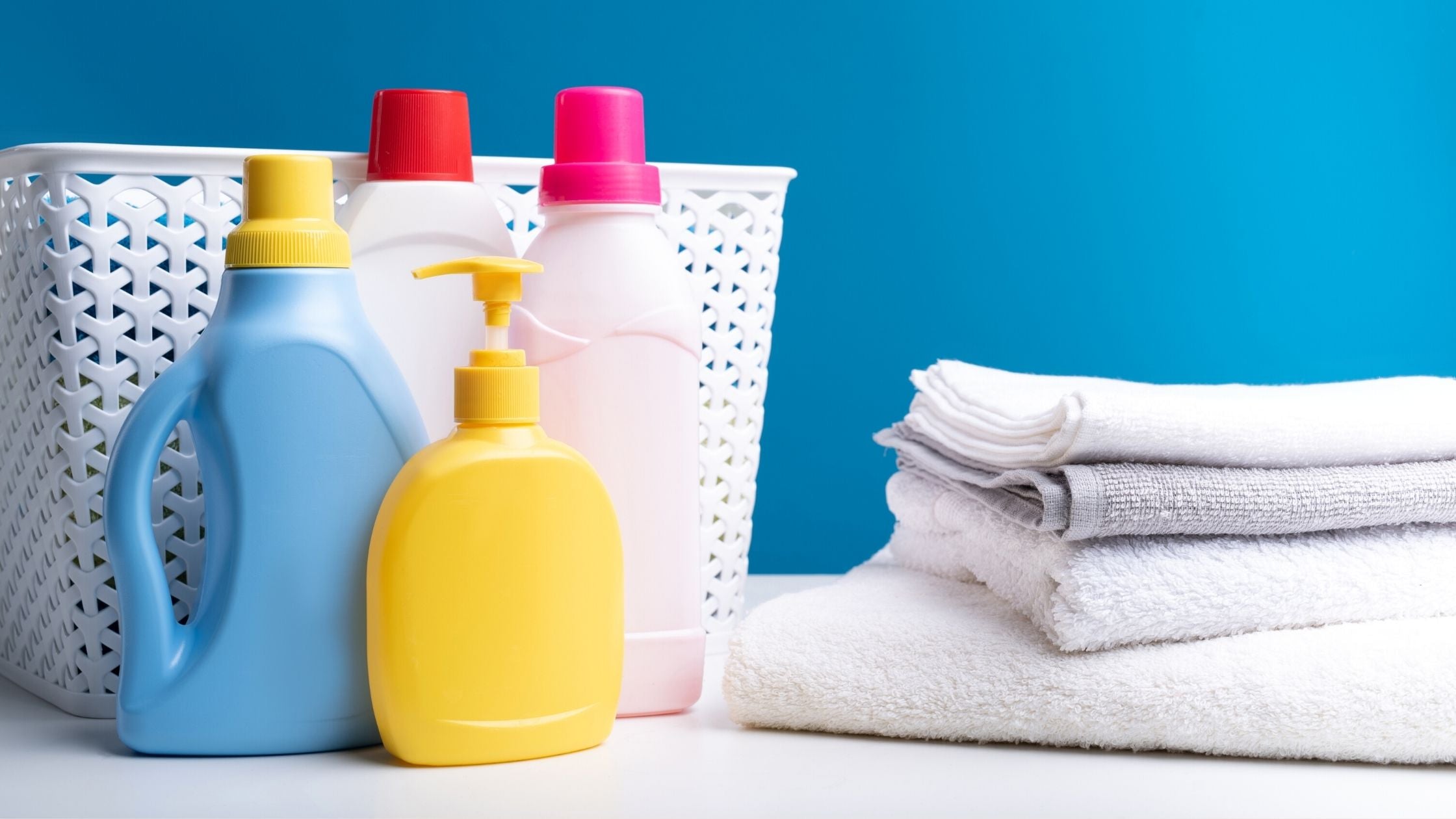 Using a quality detergent is key to effectively washing stains out of clothing. Here are some qualities to look for in a good detergent for stain removal:
Using a quality detergent is key to effectively washing stains out of clothing. Here are some qualities to look for in a good detergent for stain removal:
 Using a quality detergent is key to effectively washing stains out of clothing. Here are some qualities to look for in a good detergent for stain removal:
Using a quality detergent is key to effectively washing stains out of clothing. Here are some qualities to look for in a good detergent for stain removal:1. **Enzyme-based**: Look for detergents that contain enzymes, such as protease (for protein-based stains), amylase (for starch-based stains), and lipase (for oil-based stains). Enzymes help break down stains and make them easier to remove.
2. **Surfactants**: Surfactants help lift stains from fabrics and suspend them in the wash water, preventing them from re-depositing on clothes.
3. **Bleach or Bleach Alternative**: Some detergents contain bleach or bleach alternatives, which can help whiten and brighten clothes, especially whites.
4. **Low pH**: Detergents with a lower pH are gentler on fabrics and less likely to cause damage or fading.
5. **Free of Harsh Chemicals**: Look for detergents that are free of harsh chemicals, such as optical brighteners, phosphates, and chlorine bleach, which can be damaging to fabrics and the environment.
6. **Suitable for Your Washing Machine**: Some detergents are formulated specifically for high-efficiency (HE) washing machines, so be sure to choose one that is compatible with your machine.
7. **Fragrance-Free Option**: If you have sensitivities to fragrances, consider a fragrance-free detergent to avoid skin irritation.
It's also important to follow the manufacturer's instructions for dosing and pretreating stains to achieve the best results.
These simple tips can help keep your clothes looking vibrant and smelling fresh.





